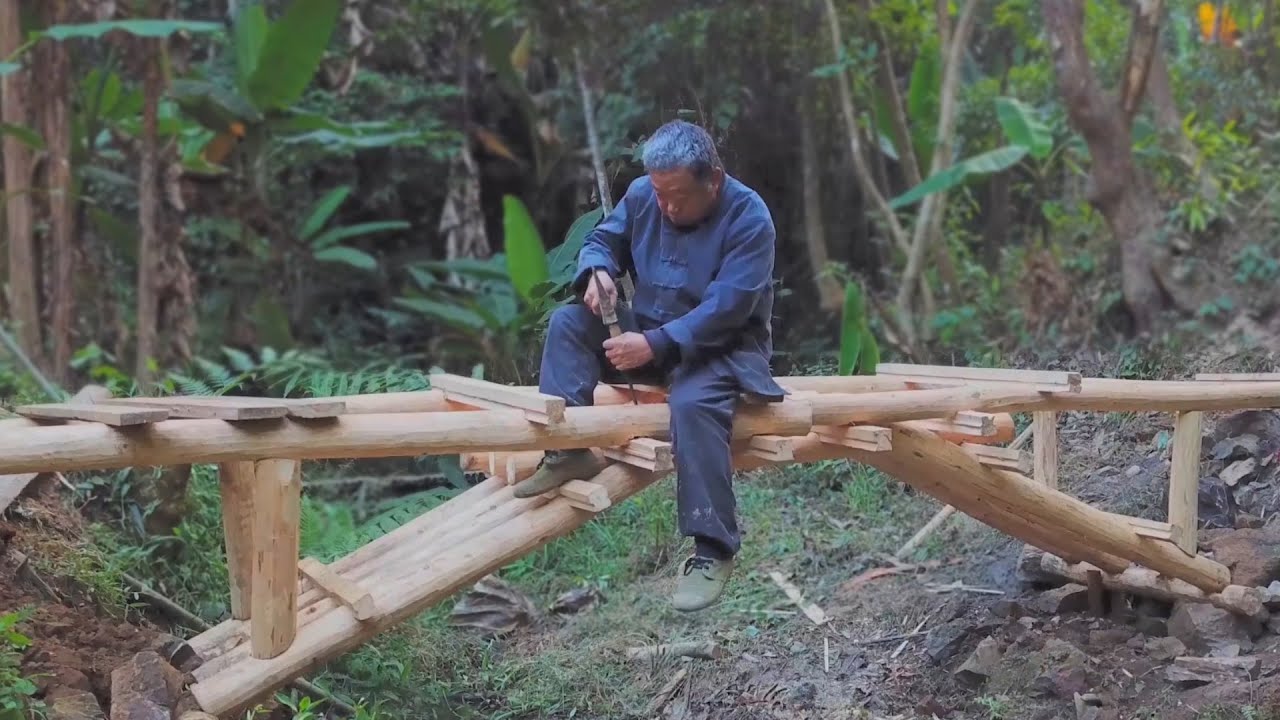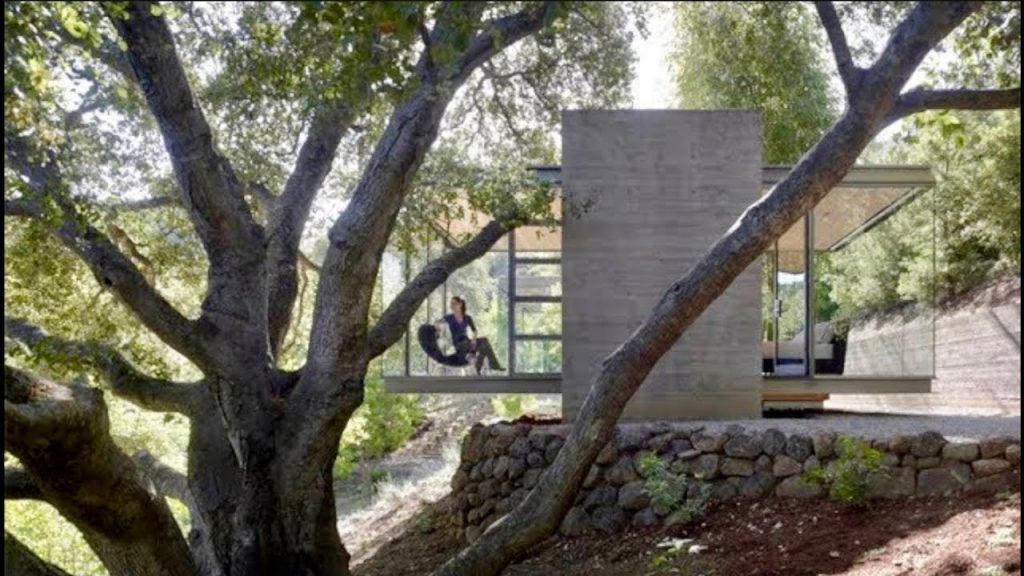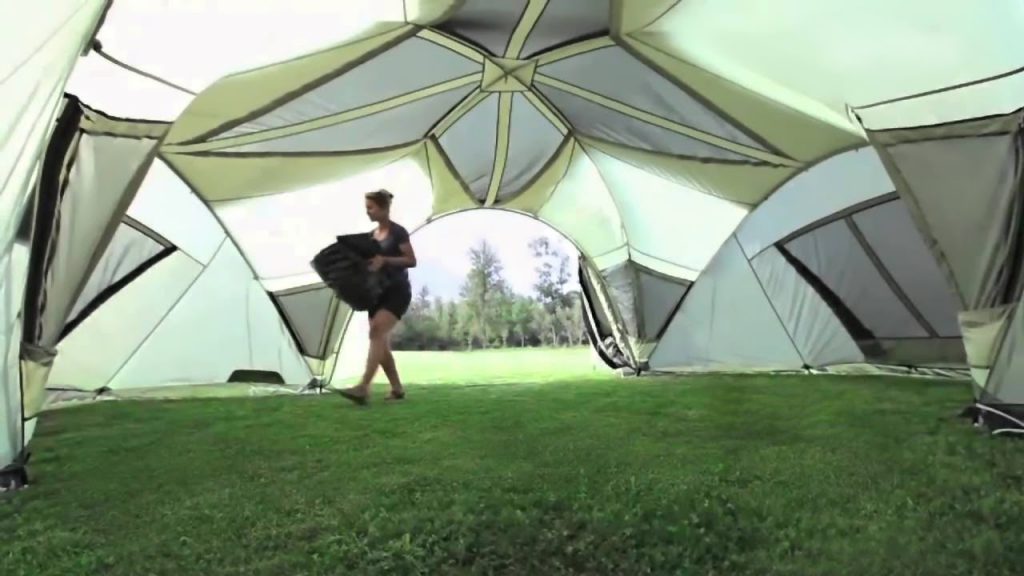An Ancient Chinese Mortise And Tenon Technique

The wooden arch bridge, an ancient Chinese mortise and tenon technique, is put together with no glue and no nails.
The structure is very strong and grandpa A Mu finally finished it, with the help of the photographer, who is also grandpa A Mu’s son.
How did the mortise and tenon technique originally develop in ancient China, and how has it evolved over time?
An Ancient Chinese Mortise And Tenon Technique – A Sturdy Joinery System
Chinese architecture is renowned for its beautiful yet robust designs that have stood the test of time. One significant aspect of the architectural techniques used in ancient China was the mortise and tenon joinery system. The use of mortise and tenon technique is an ancient Chinese invention that dates back to the Neolithic period, and it is still in use today.
A mortise and tenon joint is created by making a hole (mortise) in one piece of wood and a protruding part (tenon) on another piece of wood that fits precisely into the hole. The joint is then secured with glue or wooden dowels, and the result is a strong and sturdy connection between the two pieces.
The unique feature of the Chinese mortise and tenon technique is that it does not require the use of nails or screws. The system relies on the interlocking of the tenon into the mortise, creating a secure and tight fit between the two pieces of wood. Additionally, this system allows for the natural expansion and contraction of the wood as it responds to changes in temperature and humidity, without damaging the joints.
The mortise and tenon technique was initially used in the construction of simple dwellings and furniture but soon found its place in larger scale buildings such as palaces, temples, and pagodas. The technique was also used in the building of the famous Chinese wooden bridges that have spanned rivers for centuries.
One iconic example of the Chinese mortise and tenon technique is the Forbidden City in Beijing. Built in the fifteenth century during the Ming Dynasty, this Ming-era palace complex consists of 980 buildings and covers more than 180 acres. The wooden structures of the Forbidden City were built with the mortise and tenon technique and have withstood earthquakes, wars, and countless years of exposure to harsh weather conditions.
The use of this ancient joinery technique is still prevalent in modern Chinese architecture. Contemporary builders have adapted the system to new materials such as steel and concrete, resulting in increased durability and structural stability.
In conclusion, the mortise and tenon technique is a testament to the skill and innovative thinking of ancient Chinese architects and builders. This sophisticated system has stood the test of time and continues to be a crucial aspect of contemporary Chinese architecture. The mortise and tenon technique is not only a beautiful and functional part of Chinese architectural history but also one that continues to inspire and influence builders around the world.









A day in the life of a full time traveling family / THAILAND VLOG
The Teen With The Bionic Arms | SHAKE MY BEAUTY
Foo Fighters Meets 70’s Bobby Caldwell – Live Looping Mashup by Elise Trouw
Navy SEAL Jocko Willink Breaks Down Combat Scenes From Movies
Wild Prison-Life In The U.K.